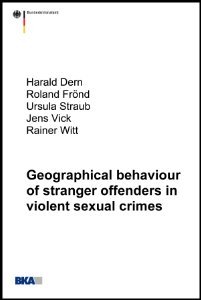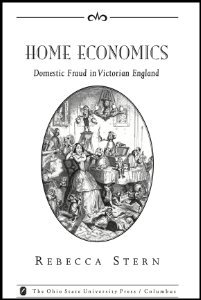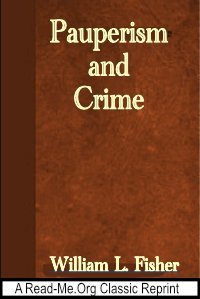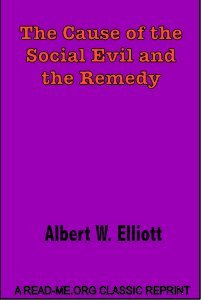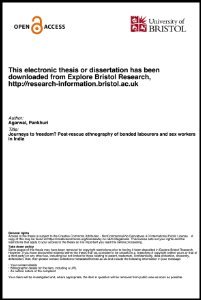By Fabio Sánchez, Jairo Nunez, and Francois Bourguignon
Inequality has always been taken as a major explanatory factor of the rate of crime. Yet, the evidence in favor of that hypothesis is weak. Pure cross-sectional analyses show significant positive effects but do not control for fixed effects. Time series and panel data point to a variety of results, but few turn out being significant. The hypothesis maintained in this paper is that it is a specific part of the distribution, rather than the overall distribution as summarized by conventional inequality measures, that is most likely to influence the rate of (property) crime in a given society. Using a simple theoretical model and panel data in 7 Colombian cities over a 20 year period, we design a method that permits identifying the precise segment of the population whose relative income best explains time changes in crime.
Bogotá, Colombia: Universidad de los Andes–Facultad de Economía–CEDE, 2003. 23p.









